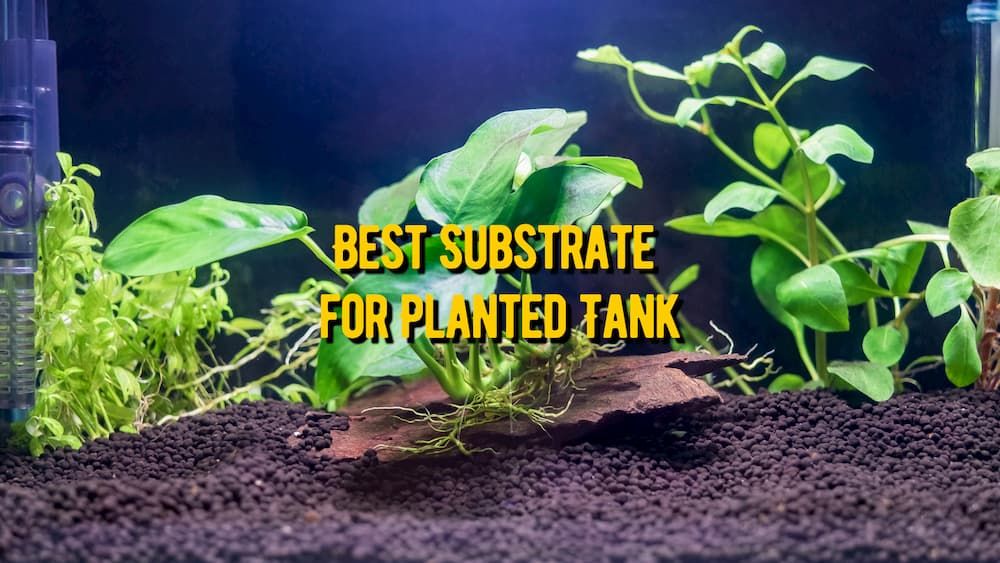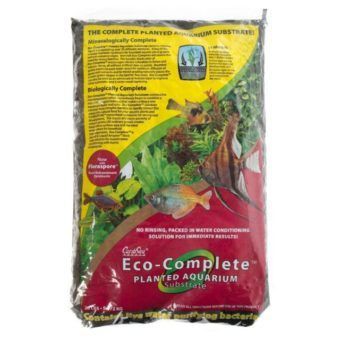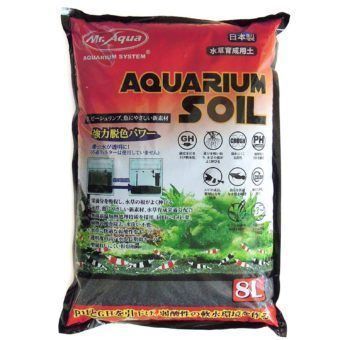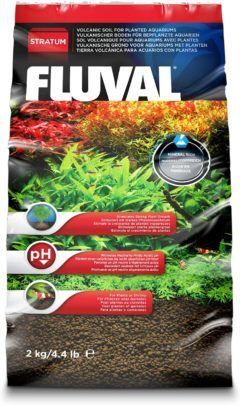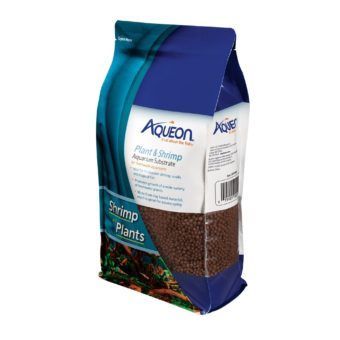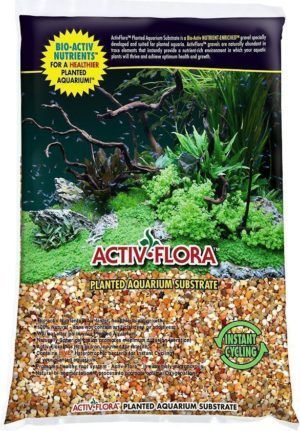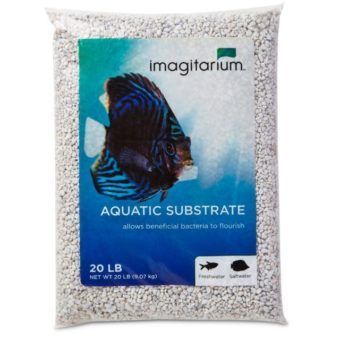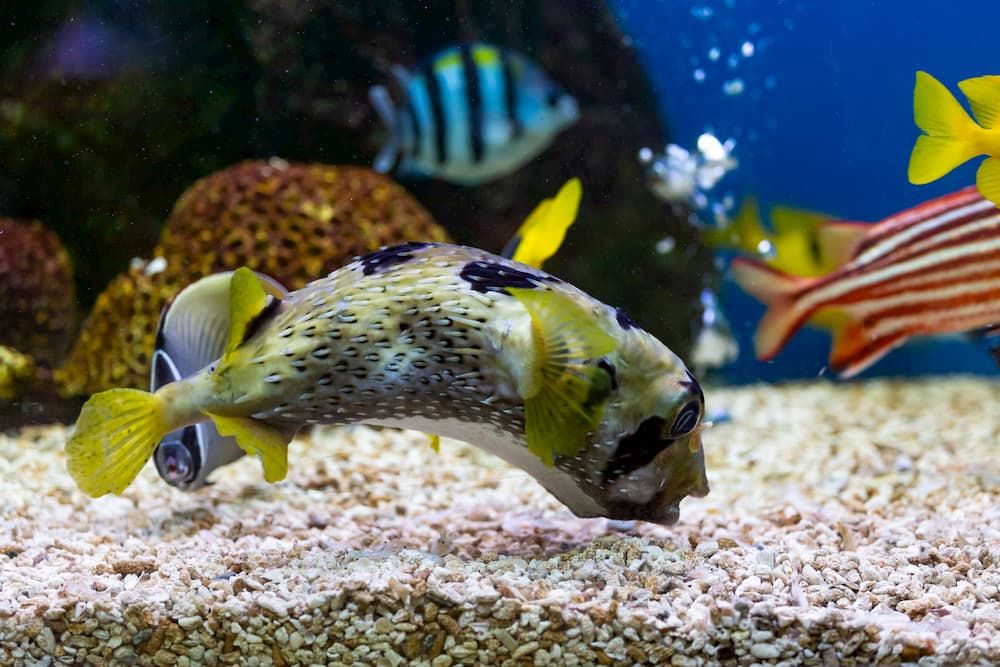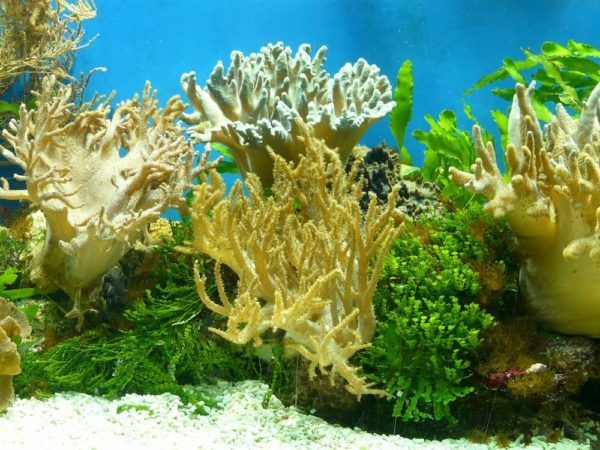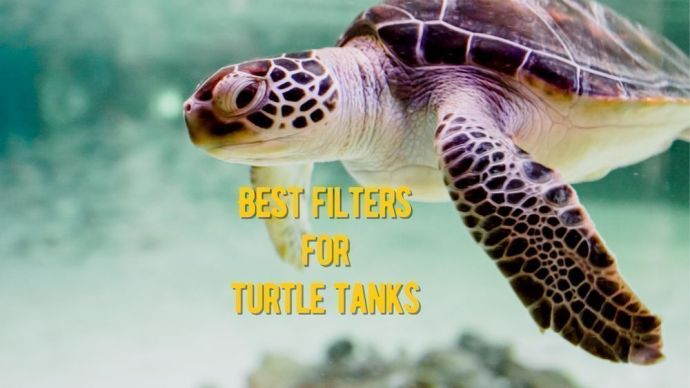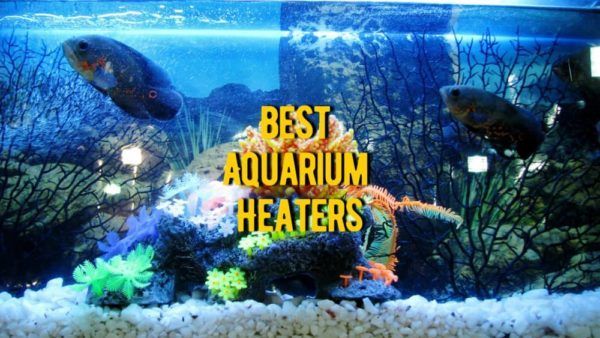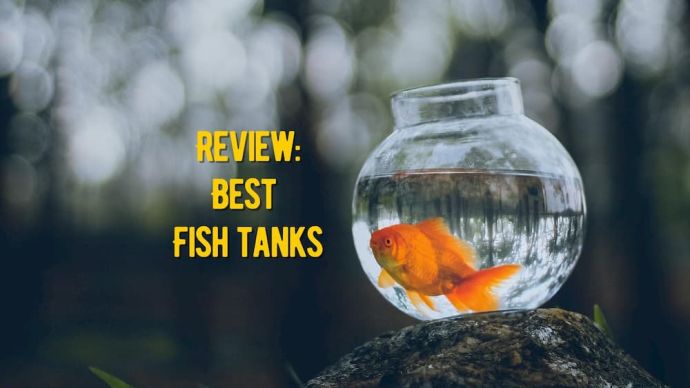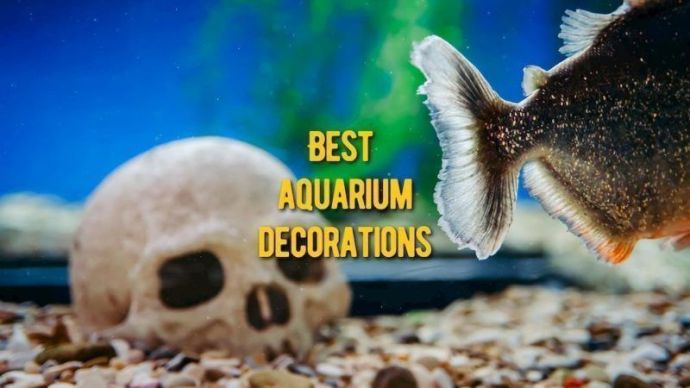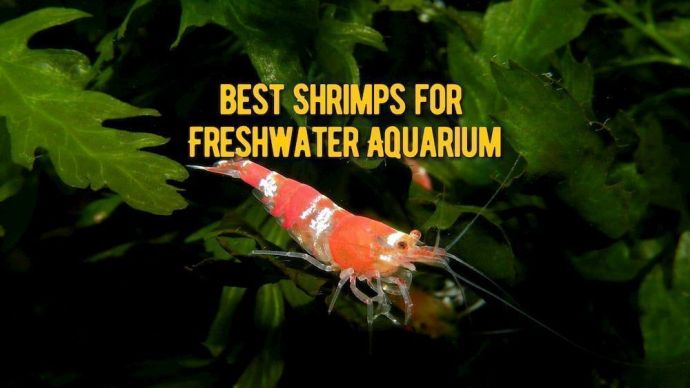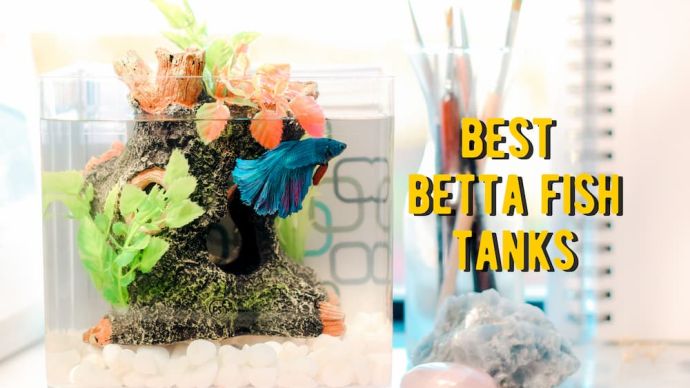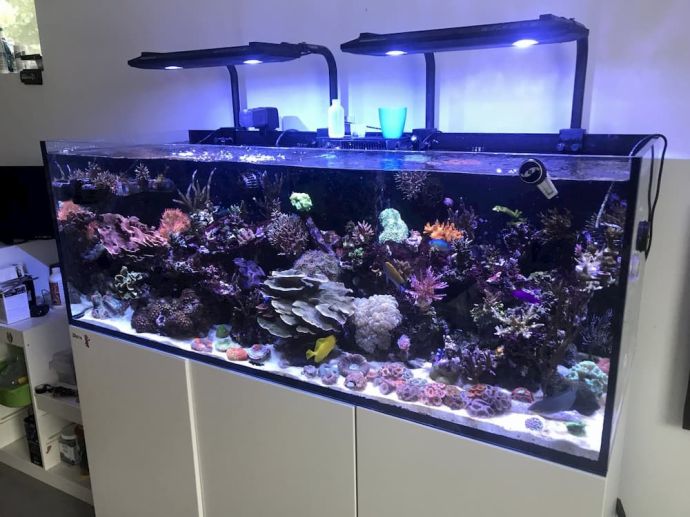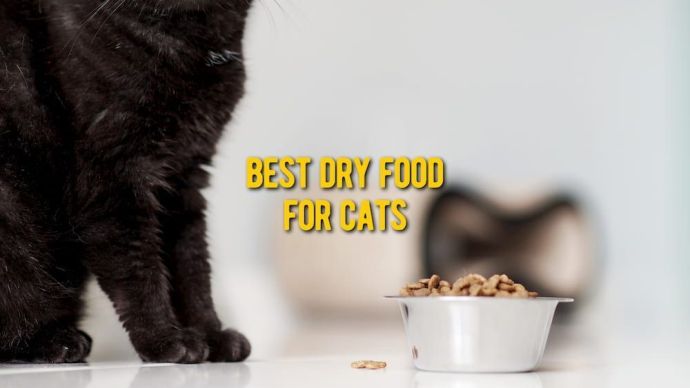The 10 Best Substrate for Planted Tank Review
Written by:
Author: Vicki Smirnova
Vicki Smirnova is a professional writer and editor who adores animals and helps readers get along well with their pets. She has been working in digital media for more than 5 years and has great experience writing content about lifestyle, including pets. Vicki specializes in dog health and nutrition, cat feeding, dog training. She is an aquarium lover and is passionate to write about fish care at home. Also, Vicki headed several websites and worked as a news editor.
View all 245 articlesLearn about our editorial process and veterinary review board.
Viewed: 1862
Updated on: 07/26/2021
The substrate of an aquarium refers to the material used on the tank bottom. There can be hundreds of thousands of options for the internal filling of the aquarium. For this purpose, manufacturers of decorative elements offer a host of possibilities. You can create a unique underwater world for your fish, embodying the wildest fantasies, and with a minimum of effort. Given that the substrate serves as a habitat for useful microorganisms, it is the basis for aquatic plants, and the biological role of any substrate is invaluable for aquarium life.[1]
In addition to its aesthetic function, the best substrate for a planted tank is a filter type. It neutralizes poisons formed as a result of decaying and rotting of food residues and fish secretions. The substrate also helps to recreate the natural habitat of fish. Let’s list its main functions:
- maintaining biological balance;
- regulation of physical regeneration of the entire aquarium system;
- creating favorable conditions for spawning;
- the substrate is necessary for the maintenance of fish that prefer to dig at the bottom in search of food;
- the substrate is required for fixing the roots of plants, and it is a nutritious soil.
The size of the best substrate for freshwater aquarium particles is also determined by the species of fish and plants that will inhabit the aquarium. For example, you should not buy a large substrate if there are fish that like to dig the bottom, and the fine-grained substrate is not suitable for aquatic plants whose roots will rot with little water and air circulation.
It is the best to buy materials of the desired fraction and color in a specialized store, where all the soils are offered in two categories according to their properties.
Our TOP-3 Favorite Picks of Substrate for Aquarium Plants
Products | Benefits | Links |
Best Overall | Carib Sea Eco Complete Planted Black Aquarium Substrate
| |
Runner-Up | Flourite
| |
The Best for Freshwater Aquarium | Mr. Aqua Fine Pet Habitat Water Plant Soil
|
*Ratings are formed by the author of the article based on own research and combined with customer reviews.
The Best Substrate for Planted Aquarium (All Reviews)
We have done some research and defined this list of the top 10 substrates.
1. Carib Sea Eco Complete Planted Black Aquarium Substrate
Carib Sea Eco Complete is a substrate for use in a freshwater tank. It provides for all the needs of your plants, improving the development of the root system.
This substrate contains more than 25 other useful elements. This product is ideal for feeding your aquatic plants.
This substrate contains heterotrophic bacteria. It helps to convert waste into natural nutrients. This substrate create an outstanding base for the growth of roots, and creates a biological balance which facilitates water-circulation.
Key benefits:
- Substrate encourages healthy plant growth.
- Includes main elements to nourish plants.
- Full of nutrients.
Pros
Cons
- Made from volcanic soil.
- Include useful heterotrophic bacteria.
- None
2. Flourite
Seachem Flourite is a porous clay substrate rich in nutrients, especially iron. It can be used as an independent substrate without the need for additional nutritional supplements for plants. It is not chemically-processed and has a neutral pH.
One essential product is enough to provide the necessary nutrients for aquatic plants. The substrate stimulates the development.
This substrate has a particularly long service-life. When using Fluorite Black, you don’t have to worry about replacing it, as the substrate remains effective throughout your aquarium’s life.
Key benefits:
- Good suited to planted tank.
- It is not chemically coated or treated.
Pros
Cons
- No need for extra ingredients.
- Durable quality.
- Rinse right in the bag.
- The substrate can release clay dust.
3. Mr. Aqua Fine Pet Habitat Water Plant Soil
This Aqua substrate consists of special mixtures of organic ingredients, creating a stable and ideal environment for roots. The substrate clears the water and prolongs the periods of water-exchange due to its porous grain structure.
Key benefits:
- Will not affect pH.
- Made from non-toxic material.
- Safe for use in freshwater tanks.
Pros
Cons
- This substrate contains nutrients.
- Lowers the pH.
- Improves the development of roots.
- Can make your water muddy for several hours after installing the substrate.
4. Ada Nature Aquarium Aqua Soil Amazonia
ADA AquaSoil is a substrate made from 100% natural materials.
This substrate is enriched with nutrients. The Aqua Soil series reduces water hardness and lowers the pH level to the extent that most aquatic plants can consume nutrients and grow comfortably. Soil granules retain their shape and density for a long time underwater. It also provides good circulation for water and oxygen.
Key benefits:
- Tons of absorbed nutrients.
- Buffers pH.
- Encourages explosive plant growth.
Pros
Cons
- Specially created for expert-level plants.
- Substrate rich in nutrients.
- Well-known and liked by the best aquascapers in the world.
- Takes about 8 weeks to establish.
5. Fluval Plant and Shrimp Stratum
Fluval Plant & Shrimp Stratum is an ideal substrate for a shrimp aquarium. The substrate not only provides shelter for shrimps but also provides nutrients to plants, as well as creating a favorable environment for beneficial nitrifying bacteria.
This product is designed to maintain an optimal pH level, and does not condense and allows the roots to grow and spread throughout the substrate.
The substrate provides shelter for small creatures, from newborn shrimps to fish. The size of the pellets is small enough not to harm the health of newborn shrimps or small fish. However, it is not intended for use in a saltwater aquarium.
Key benefits:
- Stimulates the growth of aquatic plants.
- It contains minerals.
- Suitable for plants or shrimp.
Pros
Cons
- Mineral-rich volcanic soil.
- Porous and light structure.
- It can create a good environment for plant growth and root development.
- Newborn shrimp can use substrate like shelter.
6. Aqueon Plant & Shrimp Aquarium Substrate
The Aqueon Plant & Shrimp Aquarium Substrate is made of a clay-based material. The unique shape of the granules retain their shape over time and do not disintegrate. This type allows the plants to establish healthy root systems to develop. In addition, this product promotes the growth of freshwater plants.
Key benefits:
- Allows plants to grow and flourish.
- Made from a clay-based material with a unique spherical shape.
- Shape maintains its form over time and doesn’t break down into compressed soil.
- Creates healthy root systems which allow newly-budding and mature plants to grow and flourish.
Pros
Cons
- It has a positive effect on the development of root systems.
- This product promotes the growth of plants.
- Perfect for tanks with freshwater shrimps, snails and fish.
- Releases clay dust when first used.
7. Activ-Flora Planted Aquarium Substrate
Activ-Flora Substrate will help you grow healthy and live plants in your aquarium. This bioactive substrate is enriched with nutrients. Gravel contains minerals that help aquatic plants grow and achieve optimal growth faster. In addition, this substrate is enriched with iron and does not contain artificial colors or additives. Thanks to a huge supply of trace elements, the product supports a healthy environment. It removes harmful nitrogen waste without changing the pH.
Key benefits:
- Gravel contains a wide variety of essential minerals: phosphorous, magnesium, potassium, copper, zinc, and many more.
- It contains iron.
- The heterotrophic bacteria create instant nitrogen cycling without altering pH levels.
Pros
Cons
- 100% natural.
- Helps aquatic plants thrive and quickly achieve optimum growth.
- Micronutrients are slow-released over time.
- Lots of dust in the beginning.
8. Imagitarium Mini White Aquarium Gravel
This gravel enhances the aquarium’s beauty and gives it a natural look. Imagitarium Mini White Aquatic Substrate due to its color will successfully contrast with the scenery, plants, and aquarium inhabitants. The product is providing texture and depth to a foundation for your flora.
Key benefits:
- Reduces the quantity of unhealthy debris in the aquarium.
- Creates a positive normal environment.
- Encourages great plant growth.
- Stimulates strong growth of tank plant.
Pros
Cons
- A natural and clean look.
- Clouds tank for a few days.
9. Imagitarium Rocky River Aquarium Gravel
This gravel adds depth and beauty to aquariums, street ponds, and terrariums. Gravel is made of non-toxic, safe for fish materials. Safe for use in fresh and marine environments. In addition, Imagitarium Rocky River Aquarium Gravel promotes the propagation of beneficial bacteria and is excellent for keeping betta fish.
Key benefits:
- It can be used in freshwater and marine environments.
- It’s made of non-toxic materials.
- For optimum results, use 2 lbs. of gravel per one gallon of water.
Pros
Cons
- Adds a nice aesthetic to the aquarium.
- Natural-looking gravel.
- Create interesting landscapes and attractive habitats.
- Inert (doesn’t contain many nutrients right out of the bag).
10. GloFish Multi-Color Fluorescent Aquarium Gravel
A gravel aquarium is an ideal environment for betta fish. This bright gravel will create an underwater paradise for your fish, and stand out beautifully under LED lighting. This type of gravel will provide the basis for all ornaments and plants. GloFish Aquarium Gravel is available in various colors. Before you fill the gravel in the aquarium, it should be washed.
Key benefits:
- Gravel creates a colorful base.
- Fluorescent-accented gravel stands out under the pink/green/blue mix LED lights.
- The fluorescent fish and products create a complete underwater fluorescent experience.
Pros
Cons
- Looks great in the light of LED lamps.
- Highlights your tank.
- It goes well with plants and ornaments.
- Inert (doesn’t contain many nutrients right out of the bag).
Factors to Consider when Buying a Planted Tank Substrate
The aquarium will become a comfortable home for its inhabitants, and a great addition to the interior if you choose the right substrate for it. For freshwater aquarum, gravel is the most common substrate. To prevent damage to fish, gravel should not be sharp.[3]
When purchasing it, the following nuances should be taken into account:
- Fraction size: For small inhabitants and plants with a fragile root system, get a low substrate. For large fish and plants with strong roots, get a large one.
- Inhabitants: Fish that love to dig the soil or burrow into it (taraxacum, corydoras, the creepers), get a small substrate.
- The form of the fraction: Only smooth and smooth particles without sharp edges. These increase the survival rate of plants and reduces the likelihood that fish will get injured on the substrate.
- Color: The shade is selected based on your aquarium’s overall style, and you can play on the contrast or use the rules of colorists.
When you have decided on the main points, you can start choosing the type.
Different substrates are used in several parts of the aquarium. For example, peat can be used in the corner, and gravel in another portion lets rooted plants.[2]
RELATED: Best LED Light for Plants
In general, the best aquarium substrates for plants are divided into three main types:
- Natural. A substrate that is the natural basis of lakes, rivers, and seas. This can be sand, peat, gravel, or crushed rock.
- Artificial. Made of polymer materials, including sintered glass. It has an exclusively decorative value.
- Special. Can be of natural or artificial origin. It has certain properties: for example, it absorbs gases, changes the acidity indicators, etc.
What is the best substrate for a planted aquarium, and how does it help establish the system’s biological regeneration? In the hollow areas between the substrate particles, food residues and fish excrement accumulate, and this organic matter is mineralized by bacteria that provides plant nutrition. Colonies of nitrifying bacteria provide biological filtration of the aquarium. The function of the best substrate for a planted aquarium is due to the settling of large, water-polluting particles at the bottom. Some types can even align critical water characteristics, such as pH and hardness.
Many novice aquarists lay down the usual river sand taken from the nearest beach. It may be suitable, but its quality often does not meet the requirements. It can negatively affect both the health of the fish and the entire aquarium system. Therefore, it is recommended to purchase a ready-made product that has undergone special processing.
READ MORE: Building Mini Aquarium
Types of Substrate for the Aquarium
Many types of vertebrate cells require support for their growth in vitro; otherwise, they will not grow properly.[5] Aquarium substrates are divided into three types:
- Natural: this includes river and coarse-grained sand, gravel, stones, crushed stone, pebbles, and the like.
- Processed natural, such as baked clay.
- Artificial, such as plastic chips.
Natural
The natural substrate is more common than others due to its aesthetic appearance, rich selection, and chemical neutrality. Sand, pebbles, and gravel are suitable for most types of fish because they do not give water minerals while remaining an excellent substrate for the propagation of bacteria. For plants, natural soil is not very good: in combination with it, you should use another substrate; otherwise, the first results of growth will take a few months to appear.
When choosing a natural soil, consider the soil fraction. It is better to take well-rounded stones: they leave small cracks so that the feed does not settle in large quantities, and the bottom is perfectly ventilated. Fine sand, if you like it, should be taken only for decorative purposes: due to poor ventilation, it will be caked and sour.
Processed natural
The most popular of this category of soil is baked clay, that is, expanded clay. It combines neutrality and naturalness but is not recommended for beginners. Expanded clay, sold in pet stores, differs in the optimal size of fractions: the gap between particles remains small, and they have a smooth and round shape. If you use fertilizers for plants, then clay is a good option because it’s a natural absorbent and prevents the growth of algae.[4]
Processed natural substrates also include glass, coral sand, and painted dolomite. They perform, instead, an aesthetic function, and do not have any advantages over natural substrates.
Artificial
It looks like a brightly-colored pebble and is often found on the shelves of pet stores. It has chemical neutrality and aesthetic appearance, and is suitable for all fish, except those that like to burrow in the sand such as river stingrays. It is made of glass or plastic crumbs.
READ MORE: What Freshwater Fish Eats Algae
FAQ
🐟 How to layer a Substrate in a Planted Aquarium?
Fill the soil with a slope to the front wall (the height of the layer near the back wall should be more significant). For an aquarium with live plants, it is better to use several layers of the soil of different fractions, which will avoid souring and create optimal conditions for the development of roots.
🐠 How to clean Planted Aquarium Substrates?
To clean the substrate, you should buy a special aquarium siphon, which is a funnel-like cylinder put on the hose. It makes siphoning (clean the substrate in any aquarium) convenient.
🐡 How deep should a substrate be in a planted aquarium?
The depth of the substrate for a planted aquarium is significant. The most ideal way to find out how deep your substrate should be is to find out what plants you are going to grow.
Generally, 2-3 inches should accommodate most large plants. Deep-rooted plants will become entangled at a lower depth, and the planted aquarium will experience the harmful effects of a lack of nutrients.
🦐 How many inches of Planted Tank Substrate?
No matter the plant, no matter the tank size, have a substrate layer that is at least 2 inches deep. This will allow for your rooting plants to sufficiently grow. Also, when planning out your scape, try to create the illusion of depth by increasing the intensity of the substrate towards the back of your tank.
RELATED ARTICLE: Aquarium Plants Fertilizer
Article Sources:
- “Substrate (Aquarium).” Wikipedia, the Free Encyclopedia, 30 Dec. 2019, en.wikipedia.org/wiki/Substrate_(aquarium)
- Scheurmann, Ines. “The Natural Aquarium Handbook.” Google Books, 2000, books.google.com.ua/books/about/The_Natural_Aquarium_Handbook.html?id=gpUyL-X5oZ0C&redir_esc=y
- Sandford, Gina. “Aquarium: Owner’s Guide.” Google Books, 1999, books.google.com/books/about/Aquarium.html?id=vRKDx2NC5bQC&redir_esc=y
- R Agutter, Alastair. “My First Aquarium Book: The Joy of Tropical Fish Keeping.” Google Books, 2016, books.google.com/books/about/My_First_Aquarium_Book.html
- “Requirements for Animal Cell and Tissue Culture.” Biocyclopedia, biocyclopedia.com/index/biotechnology/animal_biotechnology/animal_cell_tissue_and_organ_culture/biotech_requirements_animal_cell_tissue_organ.php
 Fish and Aquarium Reviews The Best UV Sterilizers for Freshwater and Saltwater Aquarium
Fish and Aquarium Reviews The Best UV Sterilizers for Freshwater and Saltwater Aquarium - 277
- 0
 Dog Products & Toys Reviews The 10 Best Brush for Australian Shepherd: Review and Buying Guide
Dog Products & Toys Reviews The 10 Best Brush for Australian Shepherd: Review and Buying Guide - 13299
- 0









